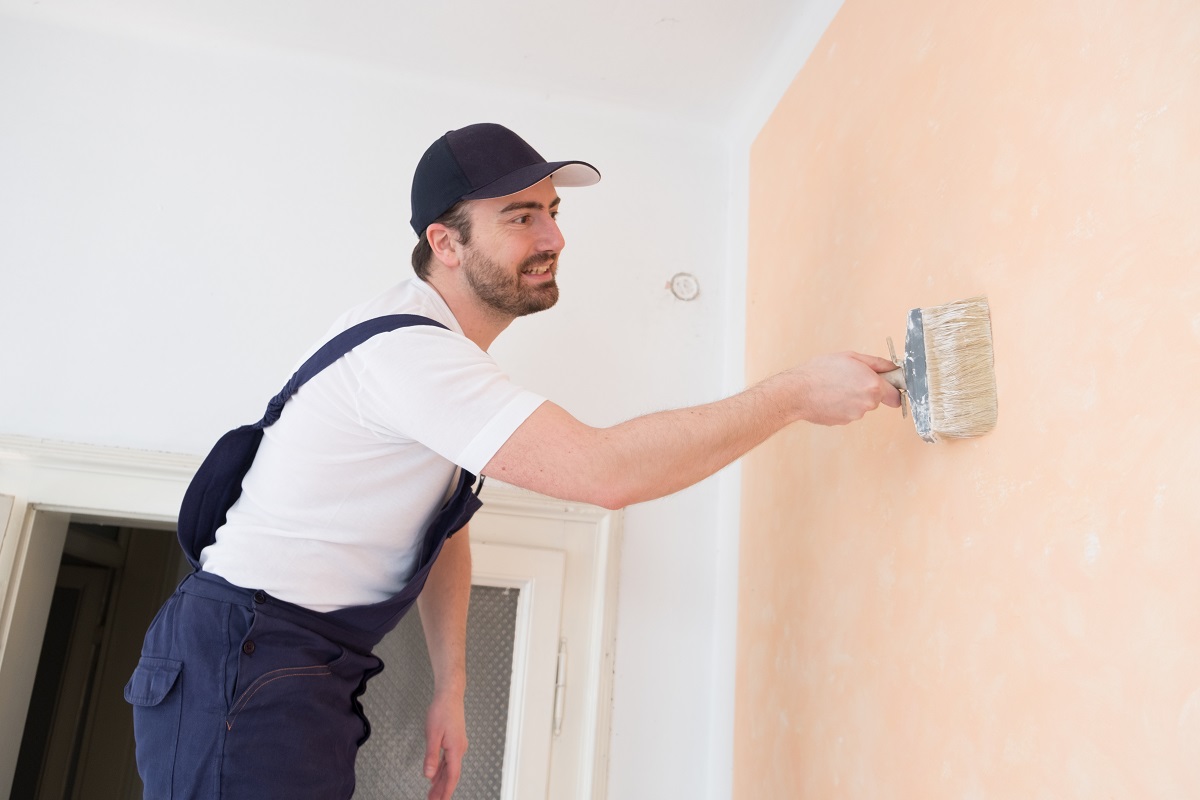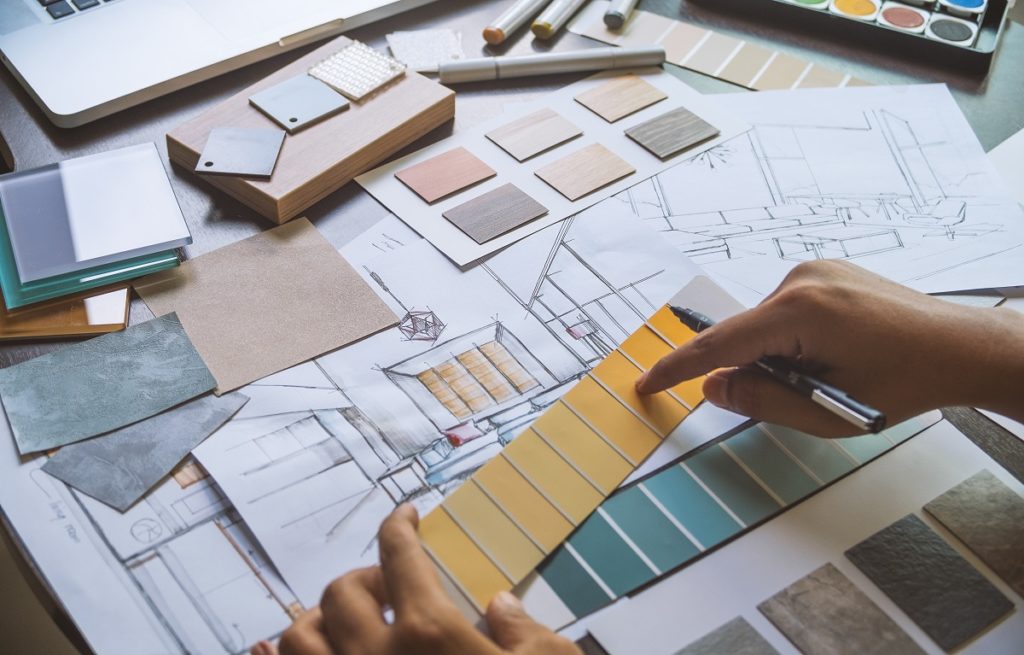Painting the interior or exterior walls adds beauty and value to the house. It could bring the color and life back to the surfaces, making the space look clean and attractive again. While many homeowners hire professionals to do the job, some prefer painting their homes themselves. It saves money, but it is risky, especially if you don’t have enough experience in this type of project. Even the simplest mistakes can make a huge impact. If you are taking the DIY route, you need to be extra careful.
Whether you are painting your home for the first time or you are trying out a new color, you need to do it properly. The way you apply the paint or the type of brush you use will affect the result of your project.
Here are the things you need to do if you are planning to paint your house:
Prepare the House
Before you change your outfit and start painting the walls, you should make a variety of preparations. Be sure to cover the floors and furniture to prevent stains that can be caused by paint drips and splatters. You should also wrap the doorknobs and remove the covers of your electrical outlets. This will help you avoid headaches during and after the paint job.
Clean the Walls and Let Them Dry
It’s important to keep the walls clean and dry before applying paint. To do this, you will need to use a vacuum cleaner to remove dust and other particles from the surface of the walls. You may also need to wipe the walls with a rag that was dipped in a container with water and vinegar solution. Don’t forget to clean the baseboards and corners as well.
This will ensure that there will be no hair or dirt stuck on the walls after finishing the project. The paint will also adhere properly to a clean and dry surface. The result will be a smooth and even finish.
Use Painter’s Tape
A newly painted room with drips of paint on the floor and on the edges is unattractive. A clean and polished finish is necessary to avoid a messy and unprofessional look. Be sure to use painter’s tape to protect the baseboards and edges against paint bleeding. Experts advise DIY painters to remove the tape before the paint dries completely to keep the paint from peeling off.
Get Enough Paint
It’s inconvenient to run out of paint in the middle of the project and head to the nearest paint center to buy extra. To avoid this scenario, you must take measurements of the surface you need to paint and estimate the amount of paint you will need. It’s better to have excess paint than to run out of it. You may use online paint calculators to ensure that you will have enough paint for your project.
Use the Right Paintbrush
Choose the right paintbrush for your project. It’s best to use a paintbrush with synthetic bristles if you are applying latex paint. A natural-bristle brush is ideal for projects that require oil-based paint. You can also buy a paint sprayer if you know how to use one.
Consider the Weather

Consider the humidity levels outside your house if you are painting the exterior walls. If you are using water-based paint, it won’t dry quickly if the humidity level is high. Do not paint when it’s raining or too windy, as water and dust particles might affect the quality of the paint finish.
Prime the Surface
Priming prepares the surface for the paint so that a clean, smooth, and beautiful finish will be achieved. It also allows the actual color you’ve chosen to stand out. Use the best oil-based primer you can find in the nearest store or online.
Use the Right Type and Color of Paint
Before painting the walls, you need to know what type of paint is best for them. If the surface has been painted with oil-based paint before, you need to remove the oil-based material through sanding before you can apply a fresh coat of latex paint.
Apply the Second Coat at the Right Time
It’s normal for us to get excited about the outcome of our project. Some of us really can’t wait to see how beautiful our work is. But applying the second coat too early could do more harm than good. Most paint cans have instructions regarding application and drying time. If unsure, you may apply the second coat after 24 hours.
Doing something for our house really feels good, doesn’t it? Follow this guide to make sure you are getting the best result.

